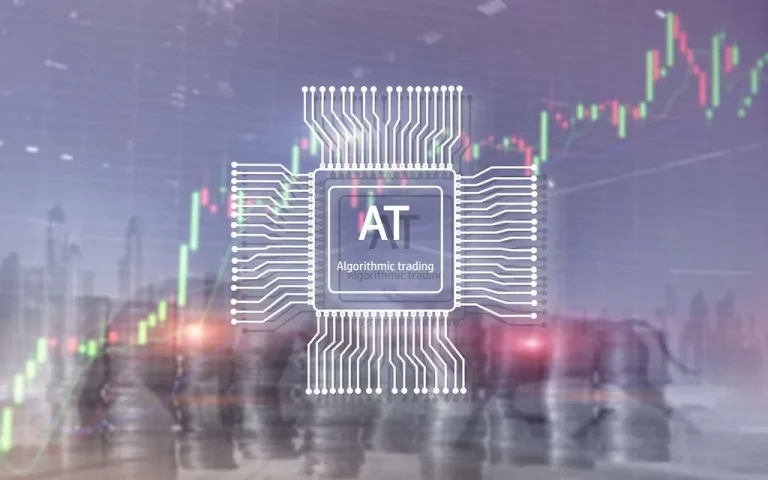After buying AAVE tokens, some users may want to consider moving their crypto into a crypto wallet that supports AAVE. This method of crypto storage provides extra security, as the coins can be taken offline and put into cold storage where it’s less likely that hackers might access them. Similar to some other DeFi tokens, like Uniswap (UNI), the AAVE coin is also a governance token. Holding AAVE crypto gives holders the ability to vote on upcoming proposed changes to the Aave protocol.
Labov concluded that at least some AAVE speakers understood emphatic speech to be rhotic (with the R pronounced), even though casual speech was nonrhotic. Interestingly, defining AAVE as either a dialect of English, or a separate language altogether, depends on how you believe it began. 99.9% of voters backed the proposal, which will see GHO launch as an overcollateralized stablecoin pegged to the U.S. dollar and backed by a “diversified set of crypto-assets.” Holders of AAVE tokens can vote on the direction of Aave, and how to manage the protocol’s funds. The same applies to borrowers—interest rates vary depending on what you’re borrowing.
What Is Aave: History
You can exchange or withdraw the equivalent amount on the platform any time you want. As a result, you’re not waiting for funds to clear or wading through red tape when you want to liquidate your assets. Each second your tokens reside on the Aave platform, you’re earning a small amount, which is deposited into your Ethereum wallet.
Notably, just as on other platforms such as Compound and Uniswap, all loans on Aave are overcollateralized. This means the provided collateral is pretty higher than the amount that can be borrowed. So, for example, if you want to borrow $150 USDT, you have to provide more of that as collateral. Following the rebranding of ETHLend, Aave allows users to request loans and earn rewards by lending. Let’s see what flash loans are and how they work on this protocol. You can trade the AAVE token on many large crypto exchanges, like Binance and Kraken.
Risks of Aave
Those who borrow AAVE can also bypass the borrowing fees and get a discount on fees if they post it as collateral. These are typically done in Safety Module, where they earn a portion of Aave’s transaction fees for their owners. Centralized exchanges like OKX provide you with crypto wallets where you can store your assets and abstract away all the complexities of securing and using them. OKX’s wallets, for example, can hold multiple different assets, saving users the hassle of having to maintain multiple different wallets and private keys. Though storing your assets on centralized exchanges comes with many benefits, it is generally not advised for users who want to store assets for extremely long periods. Aave, unlike JustLend and Compound, is a multi-chain protocol, meaning it is supported by more than one blockchain.
You can purchase tokens with FIAT money, usually using a credit card. You could also exchange another currency held on the same exchange. The best way to store AAVE tokens is Atomic Wallet, which integrates seamlessly with many exchanges. While certainly not without risks, Flash Loans have huge potential https://www.tokenexus.com/what-is-aave-aave-review/ given the sheer amount that users can borrow without collateral. Before, you needed coding knowledge to write a smart contract and execute a Flash Loan. Now, though, tools like Furucombo have removed this hurdle, allowing anyone the basic technical knowledge to start playing around with them.
History of Aave Protocol
Users can borrow and lend stablecoins, altcoins, and other available crypto assets. The project is governed by the AAVE token, and thr token holders can vote on the ecosystem’s overall development. When lenders supply tokens to liquidity pools, they receive aTokens. When a borrower requests a flash loan from Aave, the user’s smart contract must pay back the loan plus interest and a 0.09% fee. If the contract conditions remain unfulfilled, the transaction stands canceled with no fund transfers, thereby averting any risks.



